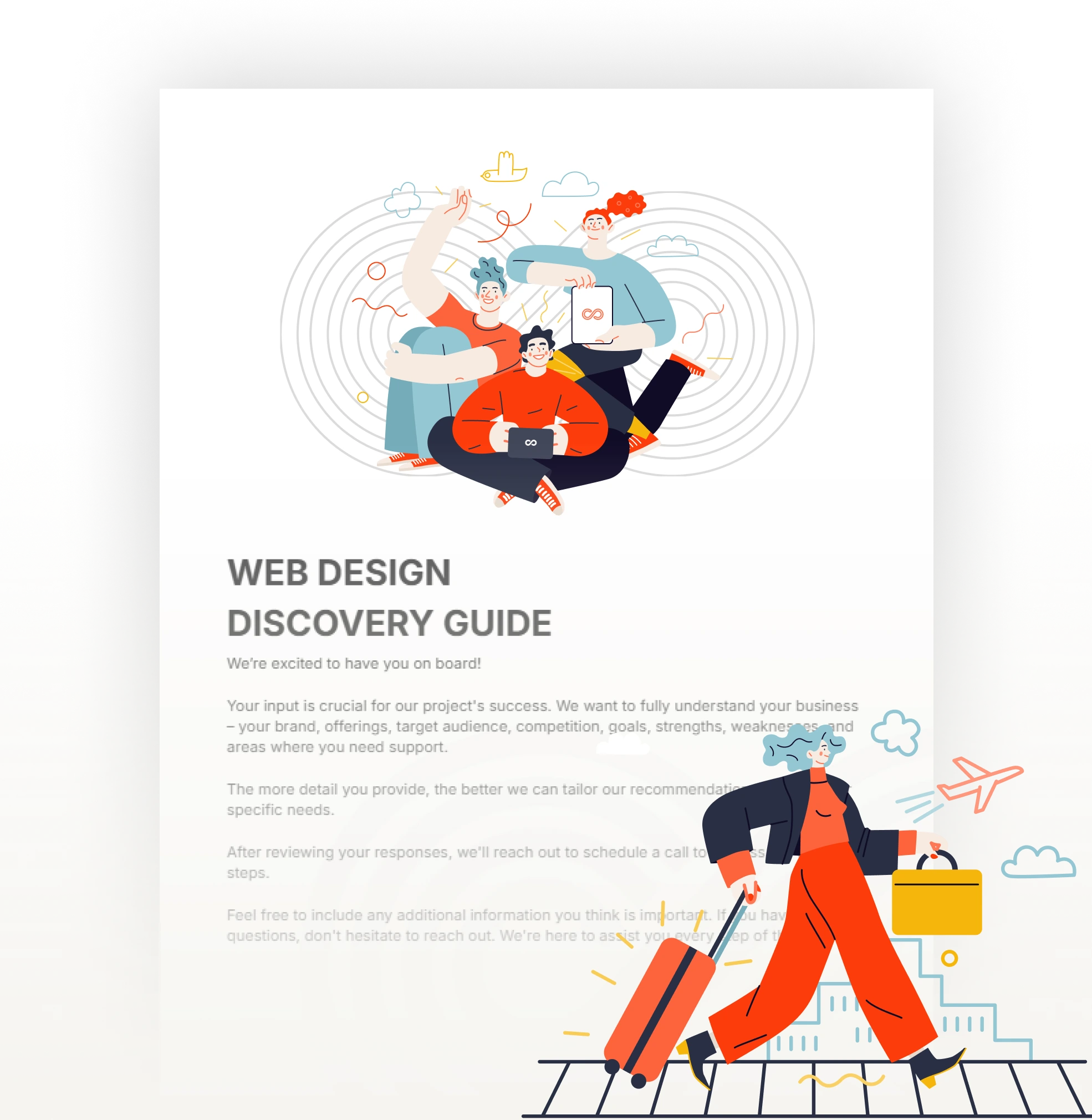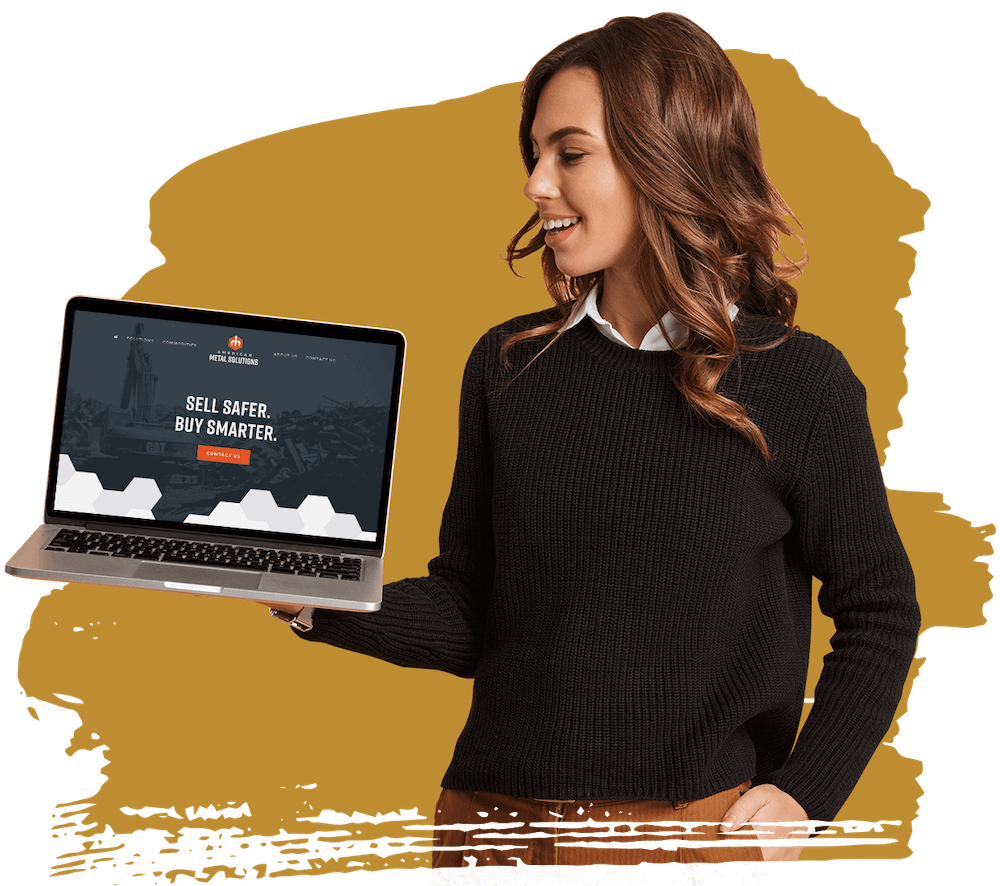Aligned Position Web Design: Delivering High-Quality, User-Friendly Web Designs for Every Industry
Aligned Position Web Design: Delivering High-Quality, User-Friendly Web Designs for Every Industry
Blog Article
The Best Kinds of Web Design to Improve User Experience and Engagement
In the ever-evolving landscape of digital communication, the effectiveness of Web design considerably impacts individual experience and engagement. Different design approaches, such as minimal, responsive, and interactive designs, each deal distinct advantages that can satisfy diverse individual demands. Comprehending which kinds of Web layout best offer these purposes can be essential for companies intending to boost consumer complete satisfaction and retention. The question remains: which layout components truly resonate with individuals and foster meaningful engagement? The exploration of these principles discloses important insights that may redefine your method to Web style.
Minimalist Web Design
As digital landscapes become increasingly cluttered, minimal website design has actually arised as a powerful approach to improving user experience. This design philosophy focuses on simpleness, concentrating on crucial components while getting rid of unnecessary interruptions. By utilizing ample white space, uncomplicated navigating, and a limited color palette, minimal layout cultivates clarity and routes customer interest to key web content.
The core concept of minimal Web design is to develop a smooth interaction for users. By minimizing cognitive load, individuals can swiftly realize information without really feeling overwhelmed. This straight method not only enhances usability yet also urges interaction, as visitors are more probable to explore a website that is visually appealing and very easy to navigate.
Additionally, minimalist layout often highlights typography and imagery, using these aspects purposefully to convey messages effectively. In essence, minimalist Web style is not simply a pattern; it is a thoughtful technique that identifies the value of user-centered layout.
Responsive Website Design
In today's varied digital atmosphere, responsive Web style has ended up being necessary for producing a smooth customer experience throughout a wide variety of tools. As customers accessibility sites on smart devices, laptop computers, desktops, and tablets, the ability of a website to adjust its design and material to different screen sizes and resolutions is vital.
Responsive website design employs flexible grids, photos, and CSS media inquiries to ensure that Web material is offered efficiently, regardless of the tool utilized. This strategy not just boosts the aesthetic appeal of an internet site however also considerably boosts usability. Users are most likely to engage with a website that provides a regular experience, as it gets rid of the disappointment of having to focus or scroll excessively.
By adopting responsive design, services can enhance their presence and reach a wider audience. In summary, responsive Web style is a basic practice that enhances user experience, engagement, and overall fulfillment.
Interactive Website Design
Receptive Web style prepares for boosting customer experience, yet interactive website design takes this an action better by involving customers in an extra vibrant method - Aligned Position Web Design. By including components such as computer animations, clickable models, and real-time comments, interactive website design astounds individuals, drawing them into a richer surfing experience
This approach not just cultivates interaction however also encourages users to discover material actively rather than passively eating it. Strategies such as gamification, where individuals earn incentives for finishing tasks, can considerably boost the time spent on a website and enhance overall contentment. Interactive attributes can simplify intricate details, making it much more digestible and satisfying.

Including interactive style elements can additionally result in higher conversion prices, as users are most likely to engage with a website that actively includes them. Aligned Position Web Design. Ultimately, interactive website design transforms customer experiences into remarkable journeys, ensuring that visitors return time after time
Flat Design
Defined by its minimalistic technique, level layout emphasizes simplicity and functionality, stripping away unnecessary components and concentrating on important features. This style approach prioritizes functionality, making sure that individuals can browse user interfaces effortlessly and effectiveness. By utilizing a tidy aesthetic, flat style check out here gets rid of the clutter frequently found in much more ornate styles, thereby boosting user focus on content and functionality.
The hallmark of flat design depends on its use strong colors, simple typography, and geometric forms. These components add to an aesthetically enticing interface that is both contemporary and approachable. Furthermore, flat design fosters a feeling of clearness, permitting customers to recognize crucial actions and information without distraction.
Moreover, flat style is specifically effective in responsive Web layout, as its simpleness equates well throughout numerous devices and screen dimensions. By concentrating on essential functions, level design not only satisfies individual demands but also motivates smooth communication, making it a vital element of efficient Web style strategies.
Adaptive Website Design
Adaptive website design personalizes the customer experience by creating multiple repaired layouts tailored to different screen sizes and tools. Unlike receptive layout, which fluidly readjusts a solitary format, flexible style uses distinctive formats for specific breakpoints, guaranteeing optimal presentation on various platforms. This technique enables designers to concentrate on the distinct qualities of each gadget, improving functionality by providing precisely what users require based upon their context.
Among the main benefits of flexible Web style is its ability to optimize load times and efficiency. By offering customized material and images that he has a good point fit the user's tool, internet sites can lessen data use and improve loading rates. This is especially useful for individuals with slower connections or minimal information plans.

In addition, flexible design facilitates an extra constant and controlled branding experience. Given that developers develop numerous designs, they can ensure that the visual components straighten with the brand name's identification throughout various platforms - Aligned Position Web Design. This causes a cohesive individual experience, boosting involvement and advertising user retention
Final Thought
Minimalist layout fosters quality and focus, while receptive layout ensures flexibility throughout various devices, advertising access. Jointly, these design approaches add to the production of easy to use settings that not just enhance complete satisfaction but likewise drive greater conversion rates, underscoring their critical value in contemporary Web design approaches.

Minimalist style promotes clearness and emphasis, while responsive layout makes sure versatility across various tools, advertising access. Jointly, these design approaches contribute to the creation of user-friendly atmospheres that not just improve fulfillment yet also drive greater conversion rates, emphasizing their important significance in go to my blog modern Web style methods.
Report this page